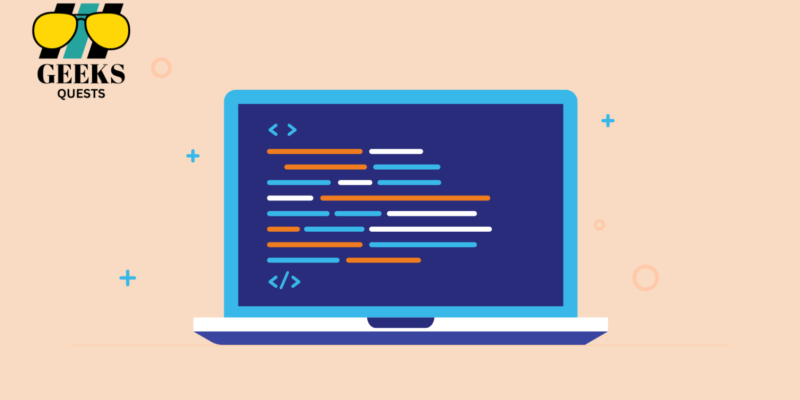Selecting the appropriate programming language for a project is a critical decision that can significantly impact its success. With a plethora of programming languages available, each with its strengths and weaknesses, making the right choice requires careful consideration. In this guide, we’ll walk you through the factors to consider when choosing a programming language for your project to ensure optimal results.
Understanding the Importance of Choosing the Right Programming Language
Choosing the right programming language is akin to laying a solid foundation for a building. The language you select will influence the project’s efficiency, scalability, and maintainability. Factors such as project requirements, team expertise, and the nature of the application all play a crucial role in this decision-making process.
Step-by-Step Guide to Choosing the Right Programming Language
Step 1: Define Project Requirements
Start by clearly defining your project’s requirements. Consider factors such as the type of application, expected user base, and the functionalities it needs to support. A web application may require a different language than a data analysis tool or a mobile app.
Step 2: Assess Your Team’s Expertise
Evaluate the expertise of your development team. Opting for a language that aligns with your team’s skill set can streamline the development process and minimize the learning curve. However, also be open to learning new languages if they offer distinct advantages for your project.
Step 3: Consider Performance and Speed
Different programming languages offer varying levels of performance and speed. For computationally intensive tasks, languages like C++ or Rust may be more suitable, while web development projects might benefit from languages like JavaScript or Python.
Step 4: Evaluate Community Support
The programming language’s community plays a crucial role in the development process. A strong and active community ensures ongoing support, a wealth of resources, and timely updates. Check forums, documentation, and the number of libraries available for the language you’re considering.
Step 5: Examine Scalability
Consider the scalability of the programming language concerning your project’s future growth. Some languages are better equipped to handle scalability issues, making them more suitable for projects with anticipated expansion.
Step 6: Factor in Security Concerns
Security is paramount in today’s digital landscape. Evaluate the security features and best practices associated with each programming language. Choosing a language with robust security measures can prevent vulnerabilities and potential breaches in your application.
Conclusion: Making the Right Choice for Long-Term Success
In conclusion, the choice of a programming language is a pivotal decision that influences the entire trajectory of a project. By carefully considering your project’s requirements, your team’s expertise, performance needs, community support, scalability, and security features, you can make an informed decision that sets the foundation for long-term success.
Remember, there is no one-size-fits-all solution. The right programming language for your project depends on a combination of these factors. Take the time to thoroughly assess each aspect, consult with your development team, and choose a language that aligns with your project goals. This strategic decision-making process will contribute to the efficiency and success of your development endeavors.












Comments